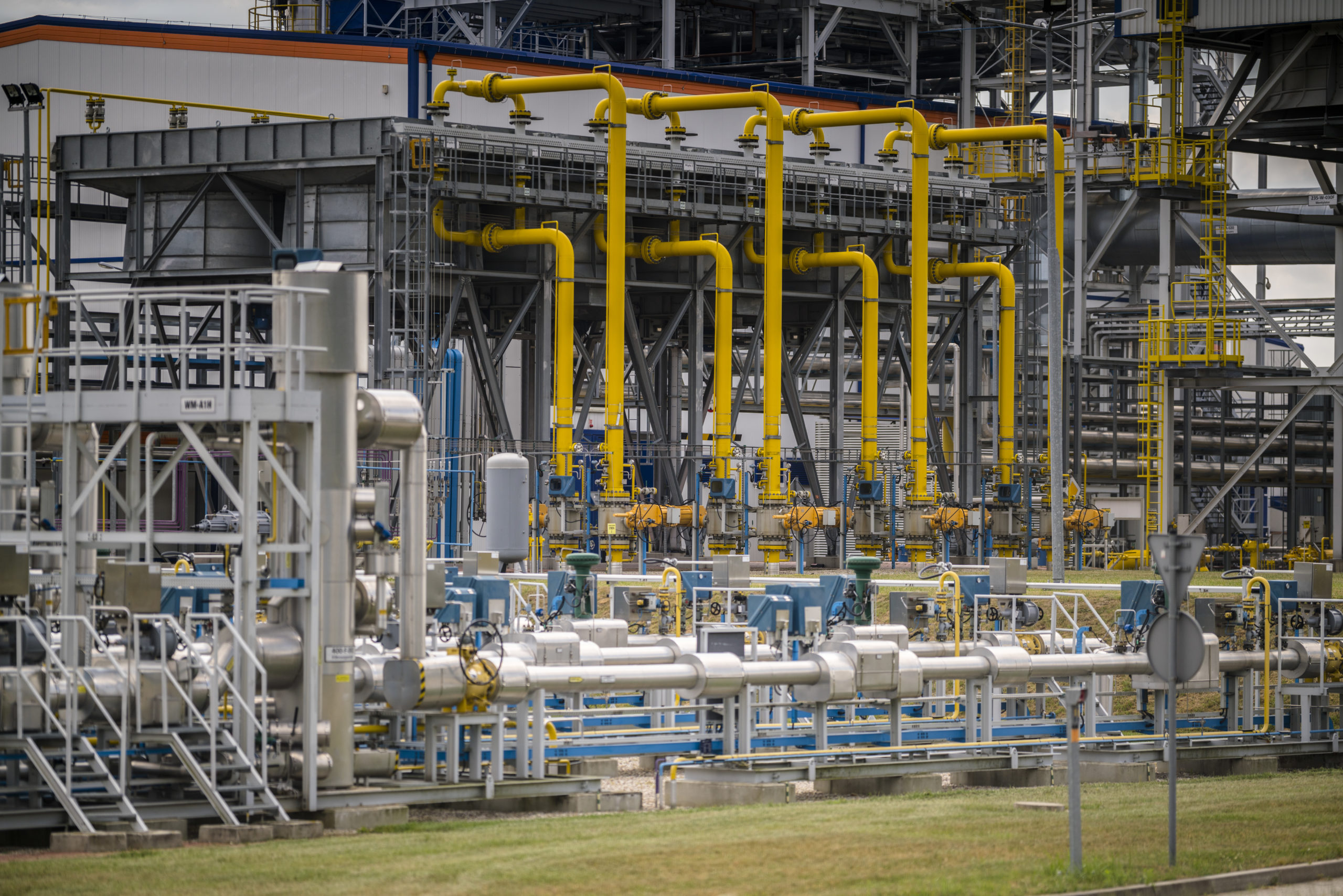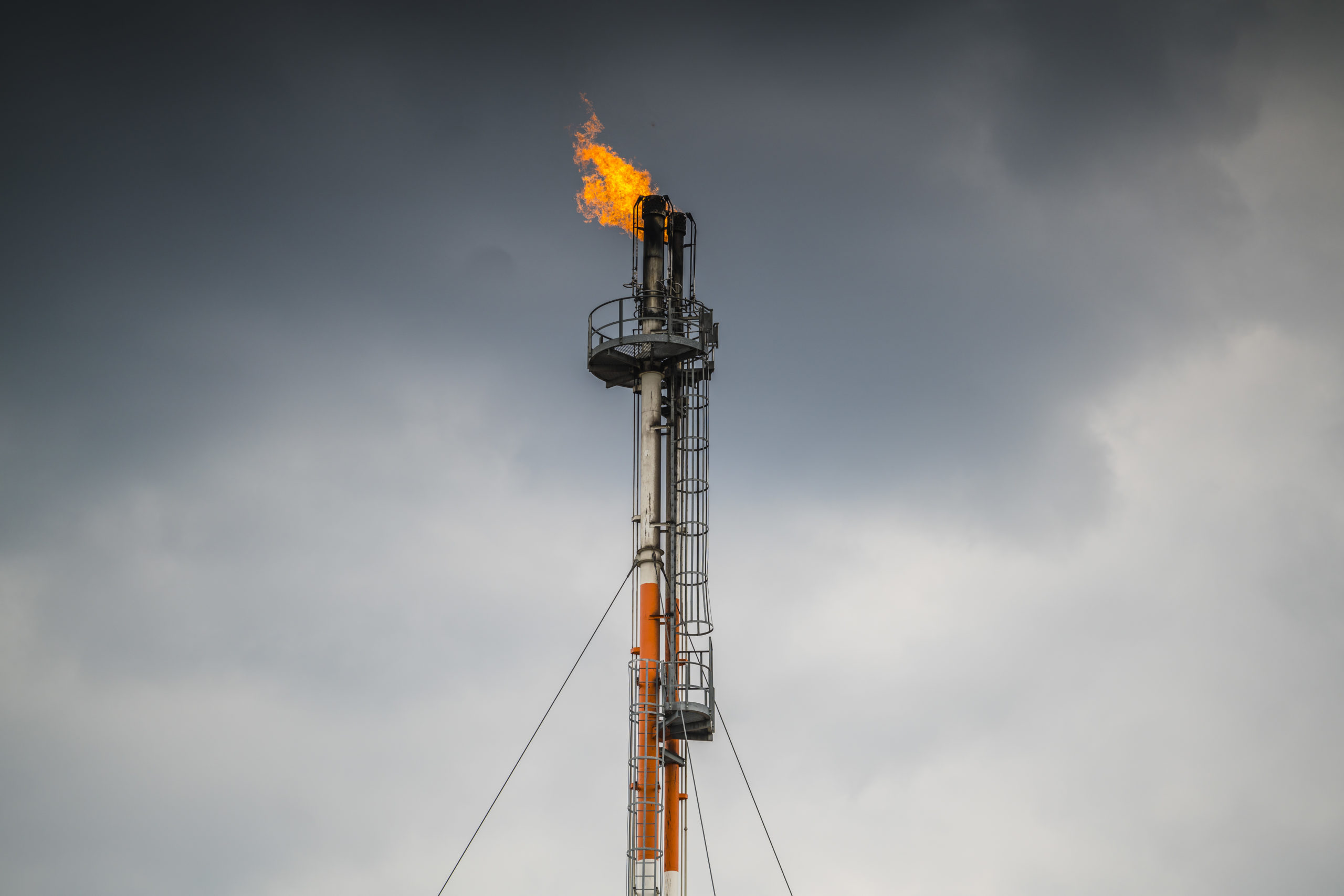
Trade and Storage
The segment emits trace quantities of CO₂. The problem in this case is uncontrolled methane emissions during storage. PGNiG is set to take measures similar to those described in detail in the section devoted to the Exploration and Production segment – once the emission levels have been accurately measured, steps will be taken to achieve the largest possible emission reduction.
However, the most important measures PGNiG intends to take in the segment, which would contribute to achieving the EU’s 2050 climate neutrality target, are aimed at adding zero -emission products and related services to the product mix, thus helping to curb CO₂ emissions. To this end, PGNiG will gradually add zero-emission gases (hydrogen, biomethane) to its range and adapt its storage infrastructure to be able to store these gases.
PGNiG is now engaged in R&D&I projects enabling hydrogen storage in salt caverns. The results of these projects can be operationalised and commercialised by 2030 and 2050. Hydrogen and biomethane will be produced by the new RES business line. For now, hydrogen and biomethane production is in the research and development phase.

